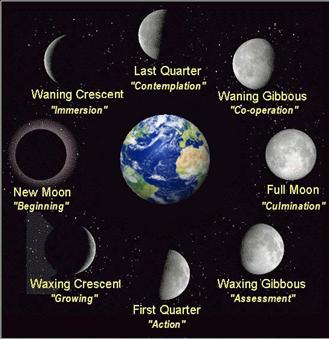Stars and the solar system Worksheet-6
-
Which planets are called outer planets?
-
Write the name of artificial satellite.
-
What is responsible for the change in season on earth?
-
Name the planets which have no moon.
-
Name the planet where life exists.
-
Name the largest asteroid.
-
What is the name of path on which planets revolves around the sun?
-
How many planets are there in the solar system?
-
Name the planet where there is no carbon dioxide.
-
What is a celestial body?
-
Define phases of moon and draw a sketch of various phases
-
Why we see only a part of the moon?
-
Why the size of moon decreases every day after the full moon day?
-
Why do we classify the sun is a star?
-
Why stars are non-visible during the day?
-
What are planets?
-
Why stars twinkle but planets do not?
-
Define orbit.
-
What are Asteroids?
-
What are meteors?
Answer:
-
Jupiter, Saturn, Uranus and Neptune.
-
Insat, IRS, Kalpana - I.
-
Tilting of earth.
-
Mercury and Venus.
-
Earth.
-
Ceres.
-
Orbit.
-
Eight.
-
Mercury.
-
The stars, the planets, the moon and many other objects in the sky is called celestial bodies.
-
The various shapes of the bright part of the moon as seen during a month are called phases of the moon.

-
We see only that part of the moon from which the light of the sun is reflected towards us.
-
After the full moon day the sunlit part of the moon visible from the earth decreases in size every day.
-
The sun is a star because it has its own source of energy and it continuously emits heat and light.
-
Stars are far away from us compared to the sun. So the glare of the sun is much more than the glare of star during day time. Therefore stars are not visible during the day.
-
The celestial bodies which revolve around the sun are called planets. There are eight planets in the solar system.
-
The stars are very far away from the earth. The point position of the stars vibrates to disturbance by air currents and hence they appear to twinkle. The planets are much nearer in respects of stars and they do not disturbance by air current so they do not twinkle.
-
A planet has a definite path in which it revolves around the sun. This path is called orbit.
-
There is a large gap between the orbit of Mars and Jupiter. This gap is occupied by a large number of small objects that revolves around the sun. These are called asteroids.
-
At night, when the sky is clear and moon is not there, we sometimes see bright streaks of light in the sky. These are meteors.
